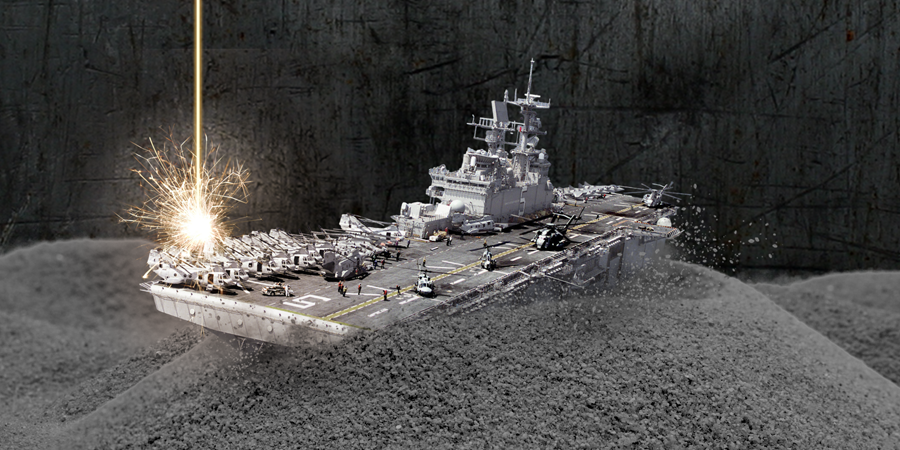Receive a digest of the latest in defense systems straight to your inbox
Technical Research and Analysis Services
The Defense Systems Information Analysis Center (DSIAC) is a component of the U.S. Department of Defense’s (DoD's) Information Analysis Center (IAC) enterprise.
Technical Focus Areas
What We Do
As a DoDIAC, we provide a number of resources and services to help you in your research and provide you with focused expert assistance and unbiased scientific and technical information.
Stay up to date with our Digest
Recent Inquiries
Who are the top additive manufacturing players in microgravity environments?
Who are the top additive manufacturing players in microgravity environments?
What is the most current, ready-to-deploy technology available to run autonomous logistical convoys given the conditions and geography of the Central Command Area of Responsibility? What are the benefits and risk of utilizing these autonomous systems?
What is the most current, ready-to-deploy technology available to run autonomous logistical convoys given the conditions and geography of the Central Command Area of Responsibility? What are the benefits and risk of utilizing these autonomous systems?
What mobile device applications detect and report the presence of unmanned aerial vehicles?
What mobile device applications detect and report the presence of unmanned aerial vehicles?
Articles
U.S. Army Combat Capabilities Development Command (DEVCOM) Analysis Center (DAC) RelTools Dashboard
Reliability is the probability that an item will perform its intended function for a specified period under stated conditions. It has a significant impact on operating and sustainment costs within the U.S. Department of Defense (DoD), which typically represent 70% of the program’s total life-cycle costs [1].
A Surrogate Model to Quantify Uncertainty in Thermal Protection Systems for Hypersonic Weapons
Modeling and simulation are key for the iterative development of thermal protection systems (TPS’s) for hypersonic weapons. In this work, the temperature-dependent flexural strength (FS) of α-SiC ceramic is predicted given Young’s modulus, Poisson’s ratio, and temperature. An artificial neural network (ANN) surrogate model is created to retain property-performance prediction while increasing computation speed.
Revolutionizing Naval Logistics: The Challenges and Prospect of Metal Additive Manufacturing on U.S. Navy Ships
In 2022, the U.S. Navy installed the first-ever permanent metal AM machine aboard a U.S. naval vessel. This technology is projected to be groundbreaking by reducing resupply logistics and diminishing obsolescence: “For the Navy, the greatest immediate potential is in the less-exotic field of logistics” [1].
Ready to submit a technical inquiry?
Receive free information research on technical topics





